Crafting Horror: Monsters that Haunt Dromaria
Welcome to Spooktober in Dromaria!
It’s the season for making monsters. So, how deep down the fear hole do we dare tread? Monsters reflect the darkest parts of our nature, brought to life. Sometimes, they dive even deeper, pulling hidden dread into the light and amplifying the unknown. When sitting down to stitch together a new horror, we first decide how far we want to go. Let's conjure up some fright by crafting our creature’s twisted origin, abilities, appearance, and attitude.
Origin
Everything has a beginning, and monsters often have two. Transformation is one of the most time-tested ways to create a terrifying origin. Corruption of innocence, staring into the dark mirror of what you could become, or mutating beyond recognition. To scare up frightening origins, look no further than what’s around us. D&D campaigns like Ravenloft explore this material fantastically. Classic horror staples—werewolves, vampires, possession—warp their victims into monsters. The journey only darkens from there, touching places like the Far Realm or dipping into Cthulhu mythos. The incomprehensible doesn’t just corrupt; it devours, twisting everything it touches. Even when the heroes emerge victorious, the terror doesn’t end. Evil returns stronger. Done right, this cyclical fear exemplifies horror. Former villains rise again for a reason, Pinhead (Hellraiser), Seveth the Bloodstained (Dromaria), Revenants (D&D), Jason Voorhees (Friday the 13th), will be killing for years to come.
Seveth the Bloodstained
Twisted by a ritual from a succubus or incubus, the embrisar was once mortal, now marked by scars and a hollow chest. Drawn to intense emotions, they feed on connections, forever tied to the bonds they crave. Even after their master dies, they wander, desperately seeking new attachments to fill their endless void.
Abilities
Our monster’s abilities will develop from their origin. In Dromaria creatures that evoke terror may be linked to gods or the darkest reaches of the Otherwyld. When the Aberrant Prince Ishkul created the dranglins, he did so to hunt down and kill the dragons while the Witchlings spawned from the malevolence of Mother Malign. What these monsters are capable of is tied to their purpose. Dranglins seek dragons like sharks scenting blood in the water, hunting until they succeed or die. Witchlings were designed as assassins, never meant to survive their task, and upon dying, they burst with a noxious departing gift meant to ensure no one escapes alive. When choosing abilities, think beyond raw violence. Necromantic powers, existential dread, and lingering unease are all ways to make characters squirm. Horror isn’t always best served by damage, but by what lingers long after the creature is gone.
Blood Frenzy. When within sight or smelling distance of a dragon (or those with draconic lineage) dranglins cannot help but attack them with intent. The dranglin attacks such a creature recklessly, gaining advantage on their attack rolls. Attack rolls against the dranglin have advantage until their next turn.
Appearance

The ghost of a drowned woman whispers a secret to you from the well.
VS
The decaying, fetid corpse hisses deceitful whispers as her elongated tongue probes your ear.


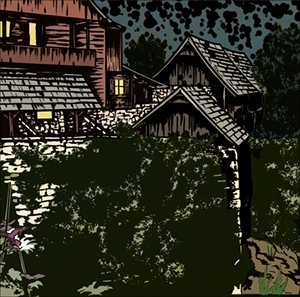
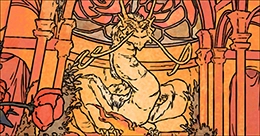
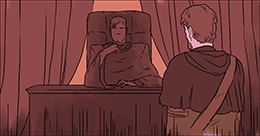
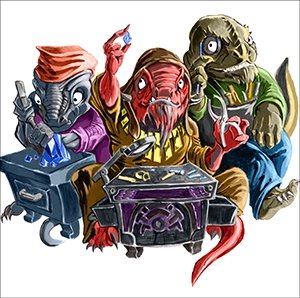
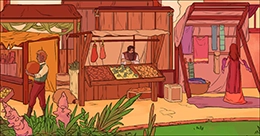
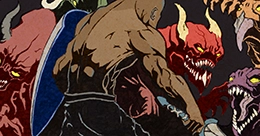
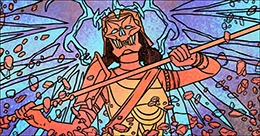
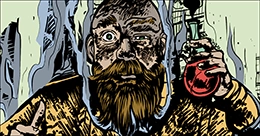
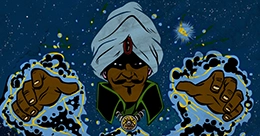
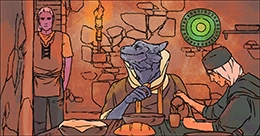








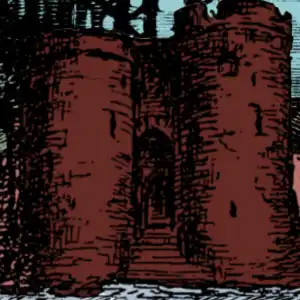











Comments